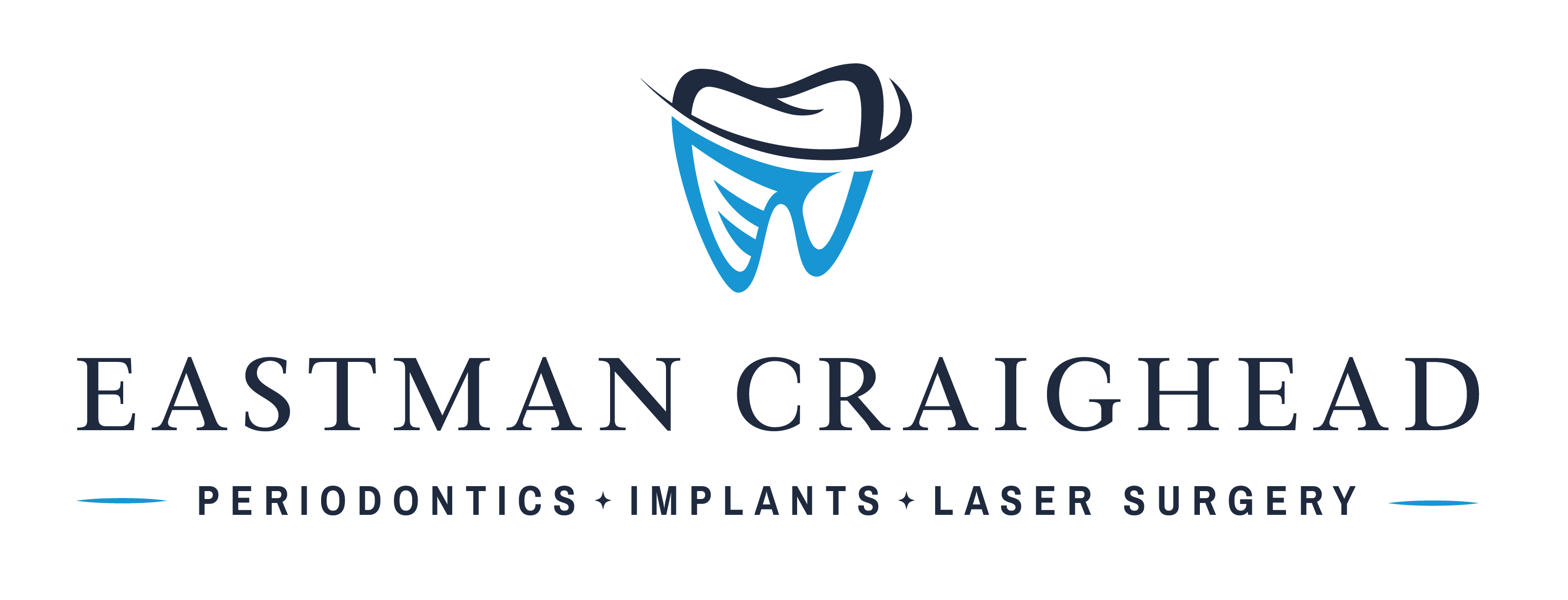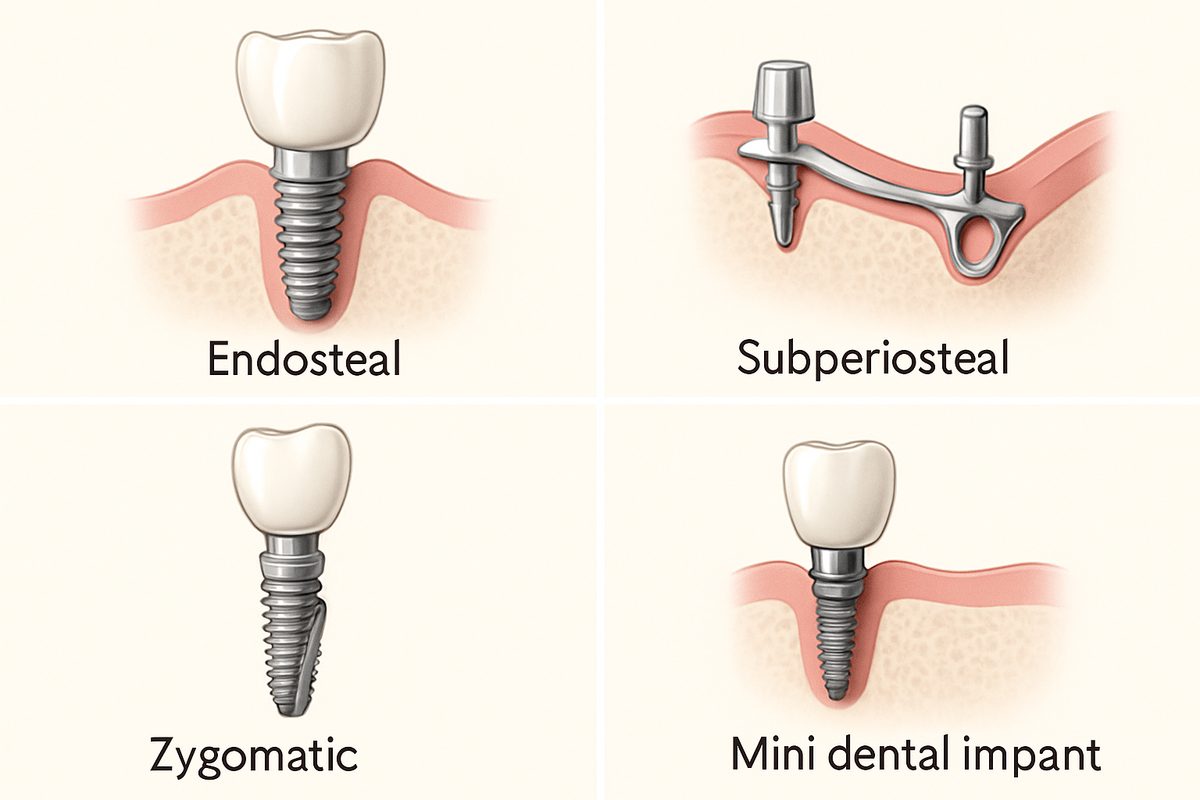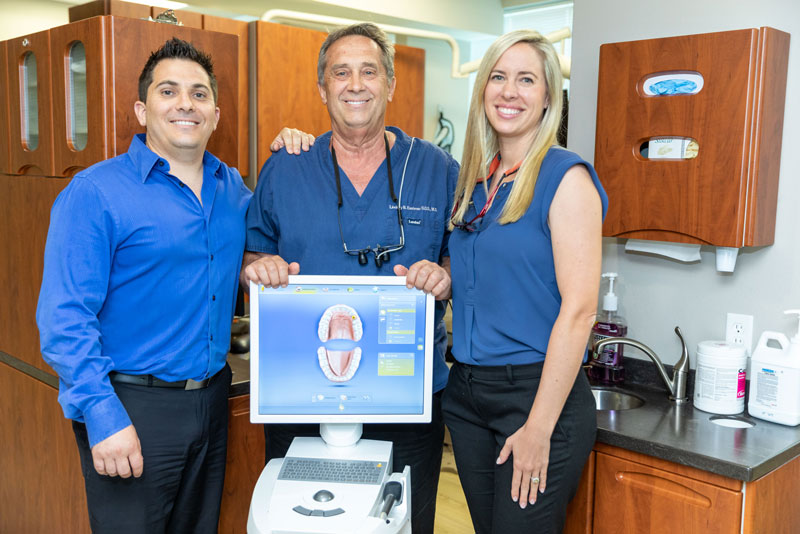In this guide you’ll learn the common dental implants types, how they differ, and what to consider before choosing treatment. If you live locally, this overview includes key details about dental implants types Bradenton, FL to help you start a clear conversation with a specialist. You’ll get plain answers on options, full‑arch choices, new technologies, and practical next steps.
What Are Dental Implants?
Dental implants are small posts that replace tooth roots and anchor crowns, bridges, or dentures. They’re usually made from titanium or ceramic and are placed into the jawbone. Knowing the different dental implants types matters because each type fits different bone levels, budgets, and treatment goals.
Common Dental Implants Types
Endosteal (root-form) implants
Endosteal implants are the most common. A screw-shaped post is placed in the jaw and later fitted with a crown or bridge. They’re often used for single-tooth replacements or several teeth. Pros include strong support and long lifespan when cared for. Recovery is predictable—most people return to normal activities within days to weeks.
Subperiosteal implants
Subperiosteal implants sit on top of bone but under the gum. They’re used when bone height is too low for endosteal implants and bone grafting isn’t an option. The main advantage is avoiding extensive grafts; the downside can be less long-term stability compared with root-form implants.
Zygomatic and alternative anchor implants
Zygomatic implants anchor in the cheekbone and are reserved for severe upper-jaw bone loss or complex full-arch cases. They allow full-arch restoration without large grafts. These are advanced procedures usually done by specialists for patients who can’t use standard implants.
Mini dental implants
Mini implants are narrower posts used for temporary support, stabilizing lower dentures, or when space is tight. They can be placed quickly with a shorter recovery but are less suitable for long-term single-tooth replacement in high‑stress chewing areas.
Dental Implants Types For Full-Arch Restorations
Full-arch options replace all teeth on an upper or lower jaw. Choices include implant-supported crowns, bridges, and full-arch systems often called All‑on‑X. Key differences:
- Implant-supported crowns/bridges: replace a few missing teeth with multiple implants and individual restorations.
- All‑on‑X (All‑on‑4/All‑on‑6): a fixed arch is supported by a small number of implants. Good for many missing teeth or failing dentition.
- Immediate load vs staged: some protocols allow a temporary fixed arch the same day (immediate load); others stage healing and final restoration for greatest predictability.
New and Growing Options In 2024
Technology keeps changing what’s possible. Patients looking into dental implants types Bradenton, FL should know about:
- Ceramic (metal-free) implants for patients wanting a non-metal option and improved aesthetics.
- Improved surface coatings that speed bone integration and lower failure risk.
- Digital workflows—3D scans, virtual planning, and guided surgery—that increase accuracy and reduce chair time.
How To Choose the Right Type
Factors doctors evaluate
Clinicians look at bone volume and density, gum health, how many teeth are missing, and medical history (smoking, diabetes, medications). These determine which dental implants types are safe and likely to last.
Patient goals and budget
Decide on aesthetics, how quickly you want teeth back, and what you can afford. Immediate load or All‑on‑X systems give fast results but can cost more. Mini implants are less costly up front but may not meet long-term needs for heavy chewing.
Why digital planning matters
3D imaging and computer-guided surgery let the team plan implant size and position before the procedure. That reduces surprises, shortens surgery time, and helps pick the best dental implants types for your anatomy.
Risks, Benefits, and Who Is a Good Candidate
Benefits across implant types include restored chewing, better speech, and a natural look. Risks can include infection, implant failure, and the need for additional surgery. Good candidates are healthy enough for surgery, have controlled chronic conditions, and have realistic expectations about care and maintenance.
Choosing a Provider for Dental Implants Types in Bradenton, FL
Look for a provider with specialist training, experience with full-arch cases, and modern technology like 3D imaging and guided surgery. Ask about outcomes, sedation options, and coordination with restorative dentists. If you want local care, consider practices that offer advanced diagnostics for different dental implants types Bradenton, FL patients.
Why Eastman Craighead Periodontics for Implant Care
Eastman Craighead Periodontics brings decades of specialist experience and digital tools to implant care. Their team—Dr. Lindsay Eastman, Dr. Justin Craighead, Dr. Christie Craighead, and Dr. Rachael Voigt—offers LANAP®, computer-guided implant surgery, tissue grafting, and sedation with RN monitoring. That combination supports predictable placement, less invasive healing, and coordinated restorative outcomes.
Next Steps & Call to Action
If you’re ready to review which dental implants types fit your needs, schedule a consultation. Eastman Craighead Periodontics has two Bradenton, FL locations: one in Lakewood Ranch (south‑east Bradenton) and one by West Bradenton. Flexible financing and consultation availability make it easier to explore options and plan treatment.



